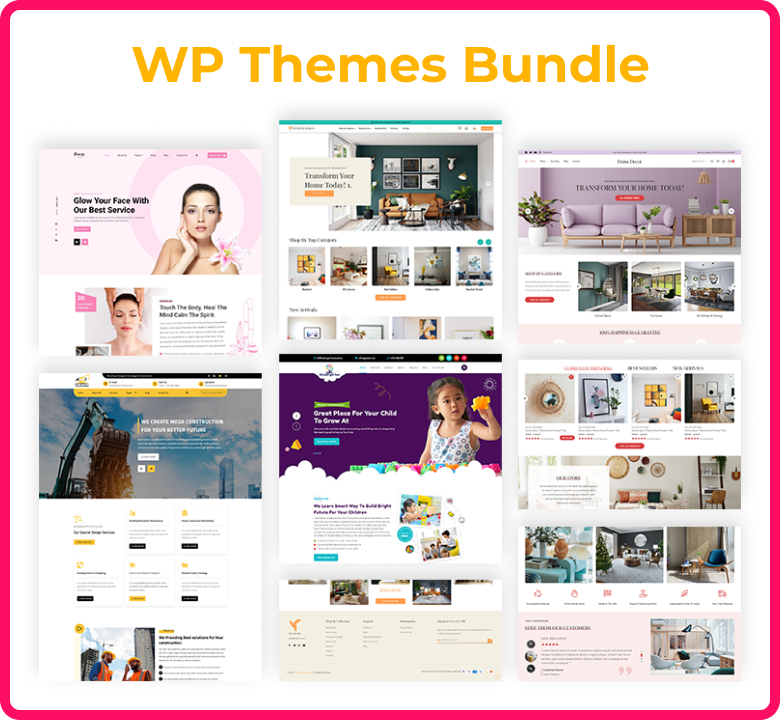In the current digital world, user engagement has become a key factor in web development and design. One of the most innovative technologies driving this engagement is Augmented Reality (AR). AR bridges the gap between the digital and physical worlds, allowing users to interact with websites in ways that were once unimaginable. By integrating AR into web design, businesses can offer immersive and interactive digital experiences that captivate audiences and enhance usability.
As technology advances, web designers and developers are exploring new ways to implement AR to create highly interactive design elements. AR is reshaping how users interact with websites, from virtual try-ons in e-commerce to 3D product previews. This shift is not just about aesthetics—improving user experience and engagement, leading to better retention rates and conversions.
At Ignite Themes, we recognize the power of interactive web experiences and how AR can elevate website functionality. In this blog, let’s explore how AR transforms web development, impacts user engagement, and how businesses can leverage this technology for a more dynamic online presence.
Understanding Augmented Reality in Web Design
Augmented Reality (AR) is a technology that overlays digital elements in the real world, enhancing user interaction through virtual and physical experiences. In web design, AR creates interactive digital experiences that engage visitors beyond static content. From virtual product try-ons in e-commerce to immersive storytelling in marketing campaigns, AR offers new ways to captivate and convert users. Businesses across industries leverage AR to make their websites more engaging, informative, and visually appealing, improving user engagement and retention.
Technologies Powering AR in Web Development
The integration of AR into web development is made possible through various technologies and frameworks. WebXR, a powerful API supported by modern browsers, enables AR experiences directly within websites without requiring dedicated applications. JavaScript libraries like Three.js and A-Frame allow developers to seamlessly create and manipulate 3D elements. Additionally, platforms such as 8thWall and WebAR make it easier to implement AR without extensive coding knowledge. These technologies ensure that AR features are accessible across devices, from desktops to mobile phones, enhancing interactive design capabilities.
Real-World Examples of AR-Enhanced Websites
Several brands have successfully incorporated AR into their web design to create immersive experiences:
-
IKEA Place: This AR-powered website allows users to visualize how furniture will look in their homes before purchasing.
-
L'Oréal Virtual Try-On: Customers can try different makeup products using AR directly from their web browser.
-
Google's 3D Animals & Objects: Google Search integrates AR to let users view animals, historical artifacts, and more in their real-world environment.
These examples showcase the potential of AR to improve customer decision-making and increase engagement by providing interactive, real-time experiences.
Challenges of Implementing AR in Web Design
While AR offers immense benefits, integrating it into web design comes with challenges. One of the primary concerns is accessibility—ensuring that AR experiences are usable for all users, including those with disabilities. Browser compatibility is another hurdle, as not all web browsers fully support WebAR features. Performance issues, such as increased page load times and hardware limitations on older devices, can also affect the user experience. Web designers must balance innovation with usability, optimizing AR content to be lightweight and responsive while maintaining high-quality visuals.
Conclusion
Augmented Reality revolutionizes web design by transforming static websites into immersive, interactive digital experiences. By seamlessly blending virtual elements with real-world interactions, AR enhances user engagement, improves decision-making, and elevates brand presence. As technologies like WebXR and JavaScript frameworks continue to evolve, integrating AR into web development is becoming more accessible and practical.
However, successful AR implementation requires a balance between innovation and usability. Businesses and developers must consider accessibility, browser compatibility, and performance optimization to ensure a seamless experience for all users. Thoughtful integration of AR can redefine how users interact with websites, making web experiences more dynamic, engaging, and future-ready.
By embracing AR in web design, businesses can stay ahead of the curve, offering unique, interactive experiences that captivate users and drive digital engagement. With careful planning and the right tools, AR has the potential to reshape the way we experience the web.









